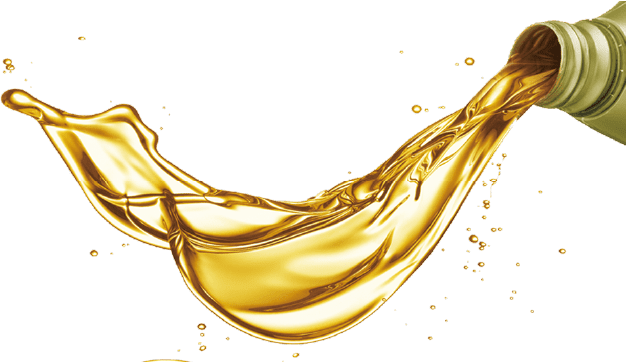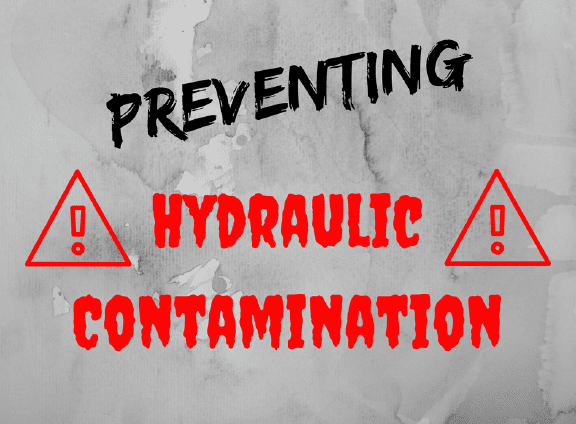888-354-0291
740-622-3307
111 North 14th St • PO Box 218 • Coshocton, OH 43812
- Capabilities
- Standard Products
 Cross Reference Guide
Cross Reference Guide- All-Nylon Suction Strainers
- Filler Breather – Bayonet Style
- Filler Breather – Threaded Style
- Flow Diffusers
- H7 Series Male Suction Strainers
- H7 Series Female Suction Strainers
- Hose Barb Tank Mount Suction Strainers
- Model “OS” 8.1″ Suction Strainers
- Model “OS” 5.9″ Suction Strainers
- Suction Strainers: NPT Tank Mount
- P7 Series Male Nylon Suction Strainers
- P7 Series Female Nylon Suction Strainers
- Pipe Mounted Suction Screens
- “PS” Suction Strainers for Water and Petroleum-Based Fluids
- SP Series Spin-On Hydraulic Filters
- Return Strainers
- SAE Tank Mount Suction Strainers
- Tank Accessories
- Tank Mount Diffusers
- Custom Products
- About
- Learning Center
- Contact

 Cross Reference Guide
Cross Reference Guide C. Plated steel heads can withstand a higher temperature than nylon. However, this is a non-issue because the “weakest link,” so to speak, is the highest peak temperature of the epoxy used to keep the strainer together. The maximum temperature of a strainer is approximately 340°F regardless of the type of connection head.
C. Plated steel heads can withstand a higher temperature than nylon. However, this is a non-issue because the “weakest link,” so to speak, is the highest peak temperature of the epoxy used to keep the strainer together. The maximum temperature of a strainer is approximately 340°F regardless of the type of connection head.


